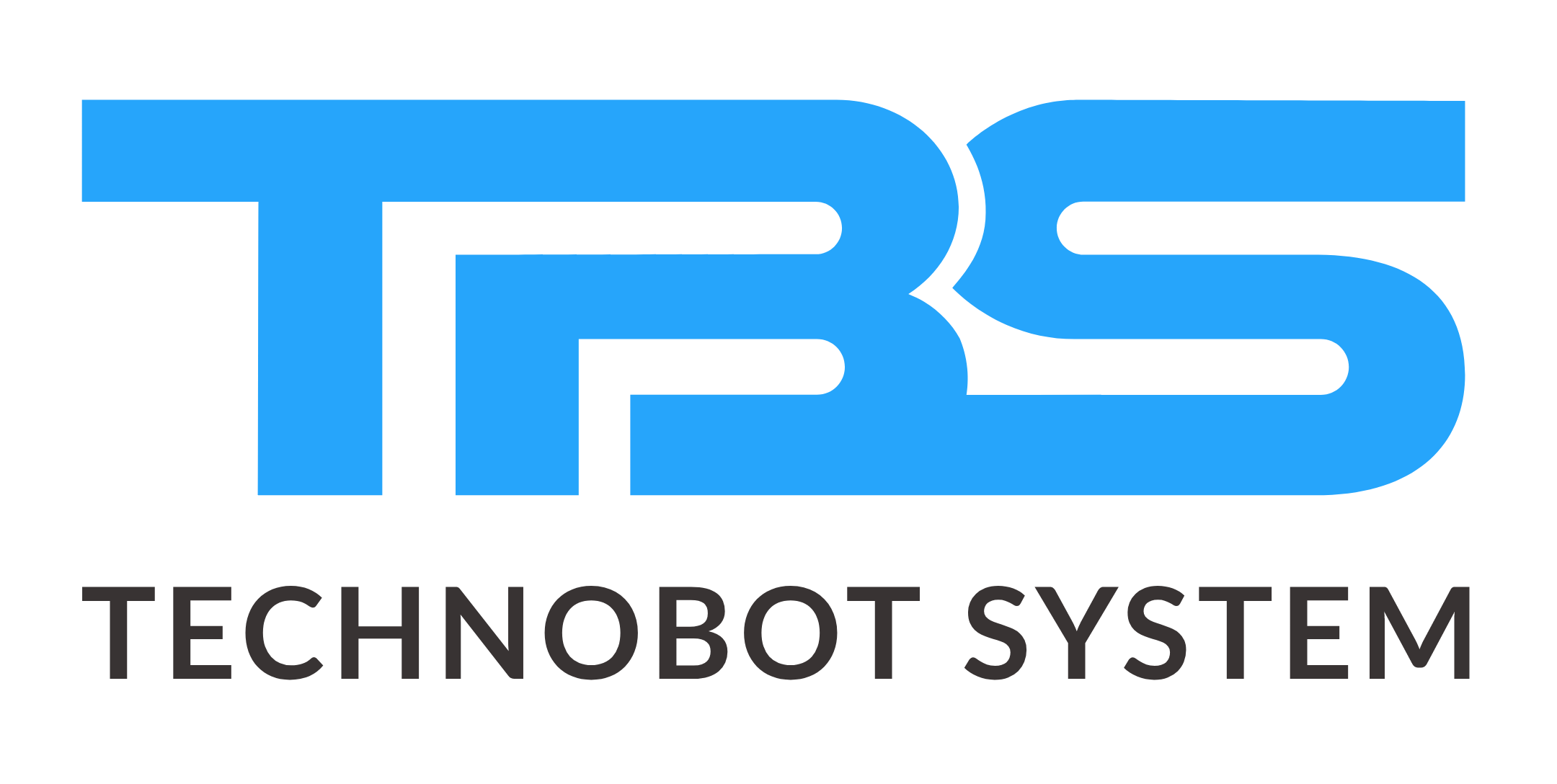The way developers create scalable, high-performing online apps has been completely transformed by Node.js. Its event-driven architecture, which allows it to manage hundreds of concurrent connections effectively without halting the execution thread, is the core of its power. However, what is event-driven and how does it function internally? To help you get started with Node.js, we’ll explain important ideas like the event loop, non-blocking I/O, and real-world use cases in this blog post, all with straightforward examples.
What is event-driven architecture?
Event-driven architecture is a design paradigm in which application flow is determined by events such as user actions, program messages, or sensor outputs. Instead of executing code sequentially, an event-driven system listens for certain occurrences and performs the appropriate actions.
In the context of Node.js, this indicates that the system does not wait for one task to finish before initiating the next. Instead, it uses callbacks, promises, and event emitters to manage several processes concurrently and efficiently.
Understanding Node.js’ Event Loop
The event loop is the engine that allows non-blocking I/O in Node.js. It iteratively scans the call stack and the callback queue, executing tasks.
Here’s a high-level overview of how it operates:
The call stack is where the current function calls are tracked.
An event queue stores asynchronous callbacks that are waiting to be executed.
The event loop monitors both structures. If the call stack is empty, it sends callbacks from the event queue to execute.
Easy Visual Flow:

Code Example:
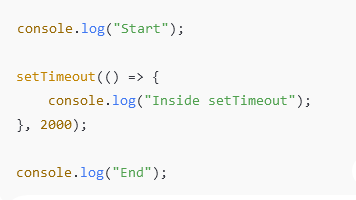
Output:

What is Non-Blocking I/O?
Node.js does not wait for an action (such as reading from disk or running a database query) to complete before proceeding to the next line of code since it uses non-blocking I/O. Rather, it keeps running and deals with the response when it’s ready.
In web servers, where managing several requests at once is essential, this is quite helpful.
Traditional Blocking Code (not Node.js):
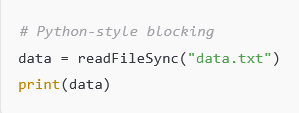
Node.js Non-Blocking Equivalent:
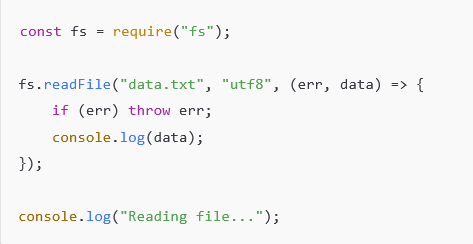
Output:

Event Emitters in Node.js
Node.js has a built-in module called events, which provides the EventEmitter class. This allows you to define custom events and handle them asynchronously.
Example:
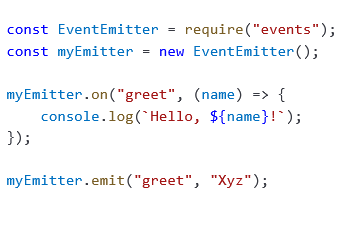
Output:

Real-World Use Cases of Event-Driven Architecture in Node.js
This architecture excels in the following real-world situations:

1. Chat Applications.
Real-time chat needs ongoing listening and event transfer between clients and servers. The event-driven architecture makes everything smooth and responsive.

2. Live-streaming Platforms
Events may monitor and react to user inputs such as play, pause, seek, and chat messages without affecting playback performance.
3. IoT Applications Event-driven systems enable IoT devices to provide signals Event-driven systems enable IoT devices to communicate signals (temperature change, movement detection, etc.) to the server, which triggers immediate reactions.
4. Background Job Queues.
Web applications frequently use event queues to conduct work in the background, such as sending emails or resizing photos.
Key Benefits of Node.js’ Event-Driven Architecture
✅ High Performance: Manages hundreds of requests with minimum resources.
✅ Scalability: Ideal for micro-services and distributed applications.
✅ Real-time Support: Ideal for gaming, chat, and collaboration tools.
✅ Developer-friendly: Clean syntax with async/await, promises, and native modules.
When Not to Use It:
While event-driven systems work well for I/O-intensive applications, they are not suitable for CPU-intensive tasks such as complicated computations or image processing. These can disrupt the event loop and degrade performance. In such instances, Node.js provides worker threads and child processes that can tackle CPU-bound actions separately.
Final Thoughts
Node.js has changed the way developers think about creating server-side applications, and its event-driven approach is at the heart of that transformation. Understanding the event loop, non-blocking I/O, and event emitters is critical when developing fast, scalable, and modern applications.
Whether you’re building a basic API server, a real-time chat app, or an IoT dashboard, Node.js gives you the tools you need to create reactive and robust systems.
